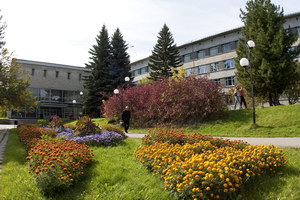Investigation of ecological constraints influence on competitiveness of nuclear power plants
Technical and economic indicators of power plants of different types are systematized taking into account their uncertainty margins. Competitiveness of power plants of different types was estimated according to cost of electricity produced. The cost of electricity is presented as the sum of components taking into account cost of construction, operational costs, decommissioning costs, fuel costs, and payments for emissions. It was demonstrated that if payment for emissions are not included power sources of all the examined types can be competitive on the energy markets (under certain conditions), including the markets in Russia. If payments for greenhouse gases emission are included in the calculations nuclear power plants become the most cost effective power source.
Additional comparison of power sources of different types taking into account system effects was performed using the GEM model (global energy model). The calculations demonstrated that under all three examined scenarios the scales of nuclear energy use are expected to increase. This growth will be the most significant in case of imposition of strict environmental restrictions (approximately by 4 times by the middle of the century in Russia and by 3.5 times in the world).
Библиографическая ссылка
Marchenko O.V., Solomin S.V. Investigation of ecological constraints influence on competitiveness of nuclear power plants // Nuclear Energy and Technology. Vol.1. No.4. 2015. P.277-282. DOI: http://dx.doi.org/10.1016/j.nucet.2016.02.016 http://www.sciencedirect.com/science/article/pii/S2452303816000315SCOPUS


